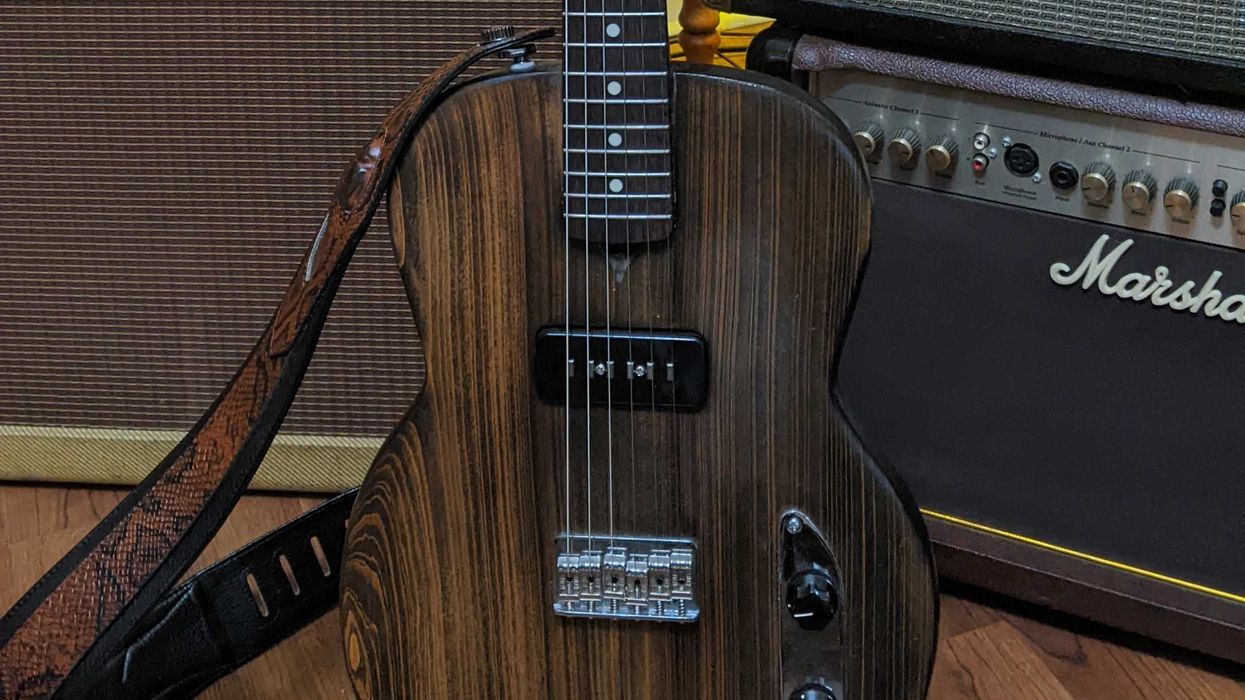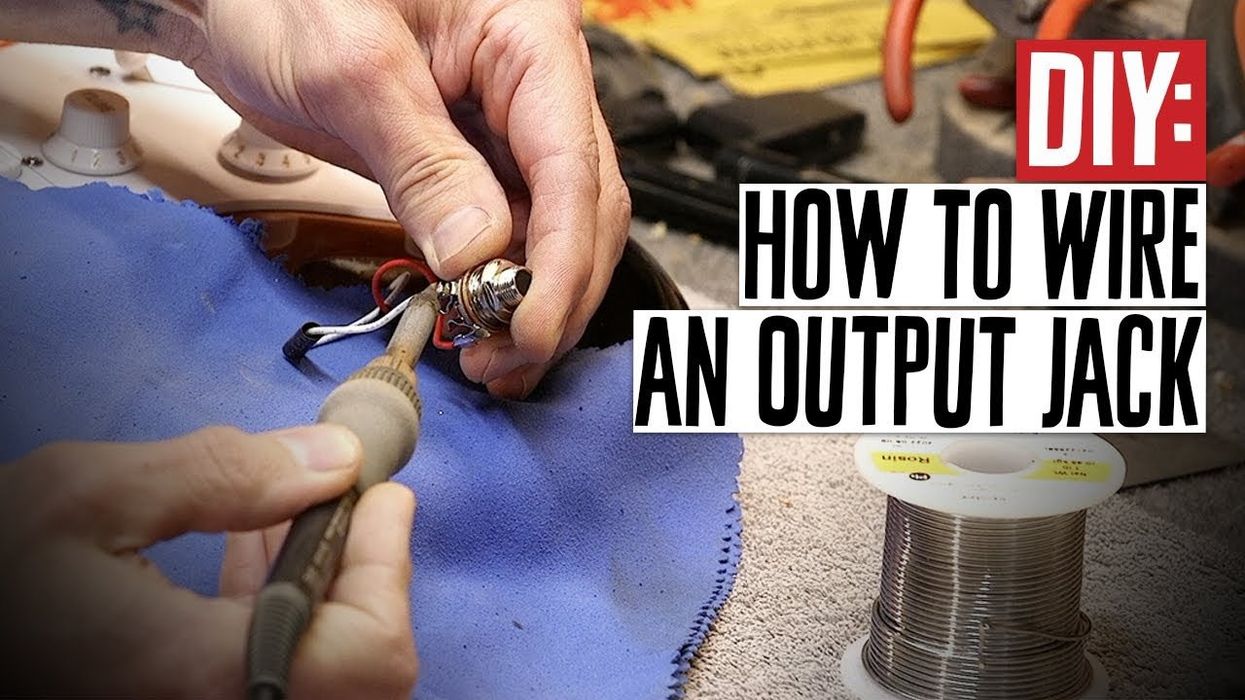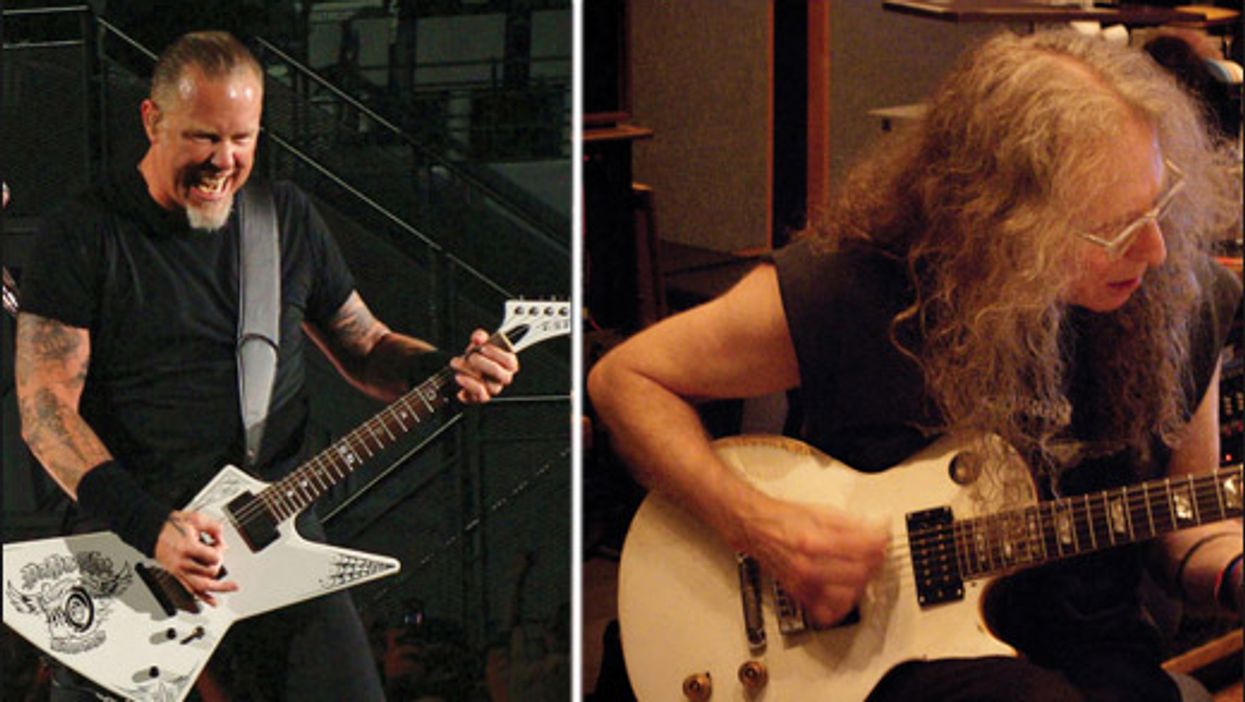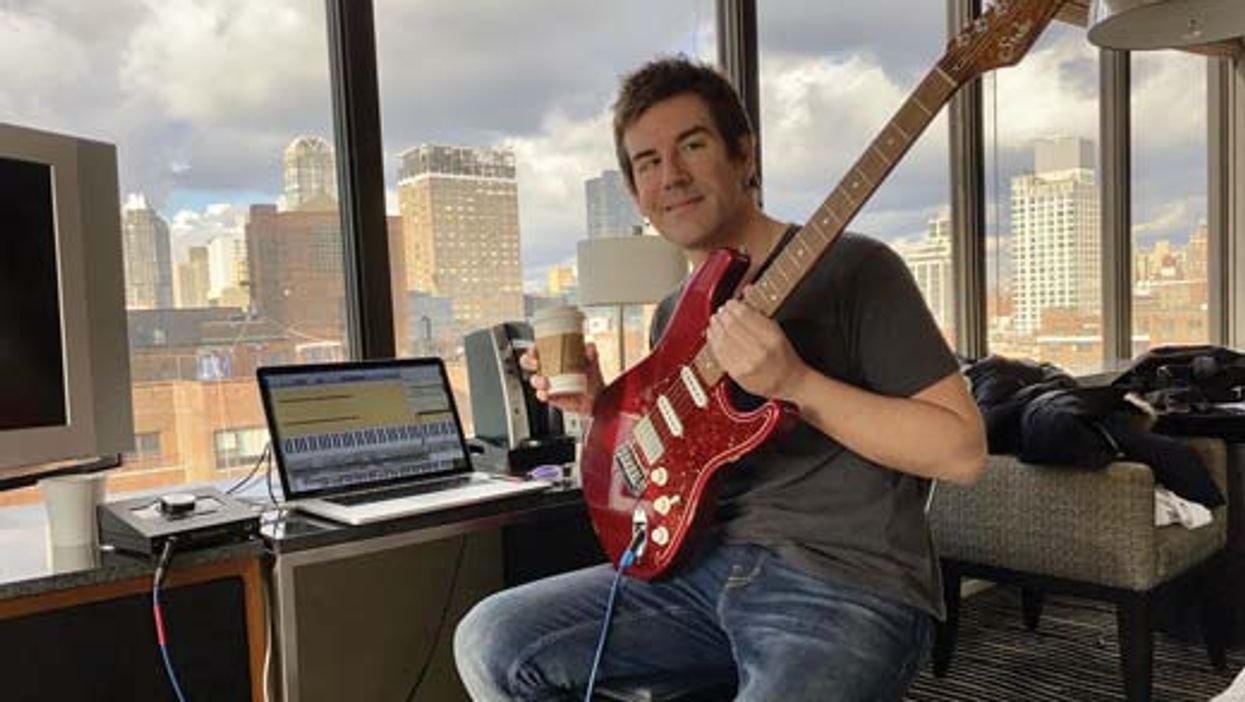There are so many effects pedals available these days, and guitarists are using them in myriad new ways by combining them to create signature tones never heard before. It's all well and good, but it has also complicated things when it comes to preserving our precious core tone—that pure, unadulterated magic that comes from a great guitar plugged directly into a great amp.
There are a couple reasons for this. Cables (including short patch cables) and the internal wiring of pedals all build capacitance, and capacitance changes tone. We also have to contend with the varied input and output impedance of different types of pedals. So, in this edition of "Tone Tips," I'm going to provide some recommendations on where to place buffers in your signal chain in order to retain a robust and pleasing core tone.
For those unfamiliar with buffers, their purpose is to minimize the cumulative capacitance (and resulting high-end loss) that multiple pedals and cables can cause. In short, it's all about keeping your core tone intact. I'll keep things simple, devoid of tech specifics, and from a layman's perspective. Bonus: Renowned amp and guitar builder John Suhr lent a hand with this month's column, and I'm going to try to distill his immense technical knowledge down to some straightforward advice.
First things first.
A great guitar plugged into a great amp via a cable—that's the base for solid tone. And we should never discount the impact our cable has on our tone. As stated earlier, all cables have some capacitance and this increases with cable length. Too much capacitance is undeniably bad, but some is generally desirable. It's like a recipe!
"Cables have distributed capacitance: small amounts of capacitance all the way along the cable, which affects top end," says John. "And this is very hard to replicate any other way." Quite famously, Jimi Hendrix used fairly long, coiled cables that certainly introduced significant capacitance and warmed up his tone considerably. This was likely desirable when you consider how bright a single-coil pickup into a cranked Marshall amp can be. John recommends that you first figure out what cable sounds good to you when plugged direct into an amp, and then move on to adding pedals and buffers.
Quite famously, Jimi Hendrix used fairly long, coiled cables that certainly introduced significant capacitance and warmed up his tone considerably.
With the goal of preserving that guitar-cable-amp core tone you've settled on, you should now consider adding a buffer (or a buffered pedal) as early in your chain of pedals as possible. Buffered pedals, such as all pedals from Boss, have a buffer circuit that's active even when the pedal is bypassed. And they accomplish the same thing as standalone buffers like Tone Freak's Buff Puff or the Suhr Buffer. Note: All buffers are not created equal. Different buffer circuits exist and you may hear a difference in the way they sound.
The buffer will minimize the added capacitance (tone sucking) of whatever pedals and cables come after it. "A pedal may sound great when it's turned on," John says. "But we don't really know what it's doing when it's turned off. Just because it's true bypass doesn't mean there's no capacitance in the wiring, which can mean tonal change. When bypassed, a pedal could have high internal capacitance or a higher than desirable output impedance, and affect the core tone."
Exceptions to the buffer-first rule.
Some of the first effects pedals ever introduced were fuzz pedals, and the legendary Fuzz Face used by Hendrix to great effect quickly comes to mind. "The Fuzz Face circuit has a low-input impedance, around 100k," Johns says. "It's a brash-sounding circuit, but the low-input impedance warms up the tone. Think of it as driving a truck through sand as opposed to a slick highway. It's part of the sound. So, check the input impedance of your fuzz pedals to know for sure if they are 'buffer friendly.' If the impedance is above 500k, you are generally okay to place a buffer in front. If it's any lower than that, you'll want to place your buffer after that pedal."
Buffers at the end of the chain.
Keep in mind that the output impedance of the last active pedal in your pedal chain is what's driving the cable running to your amp—even if you have a buffer close to the front of your pedalboard. If you have, say, a Phase 90 pedal (which has a rather high-output impedance) last in your chain, it will be driving the cable run to your amp and you will likely experience some loss of highs. To be safe, having a buffer or buffered pedal last in your pedal chain is advisable. Many guitarists use time-based effects from companies like Eventide and Strymon at the end of their pedal chains, and, not surprisingly, many of these pedals have a selectable buffered-bypass or true-bypass mode. My recommendation is to use buffered bypass mode, which will ensure you can effectively drive the run of cable going from your board to your amp with no loss of tone.
Strategically placed buffers or buffered pedals can be the key to preserving a robust and awesome guitar-cable-amp core tone, so careful planning when putting your rig together will go a longway. Until next month, I wish you great tone!
[Updated 9/10/21]
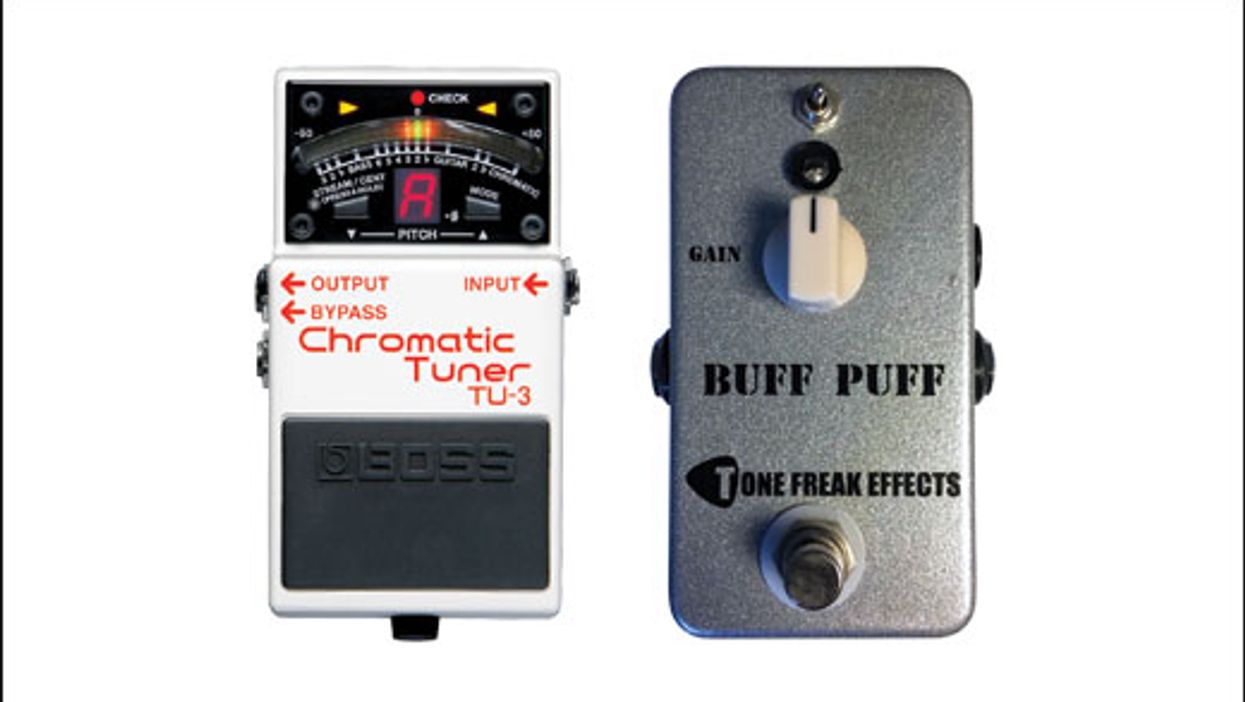

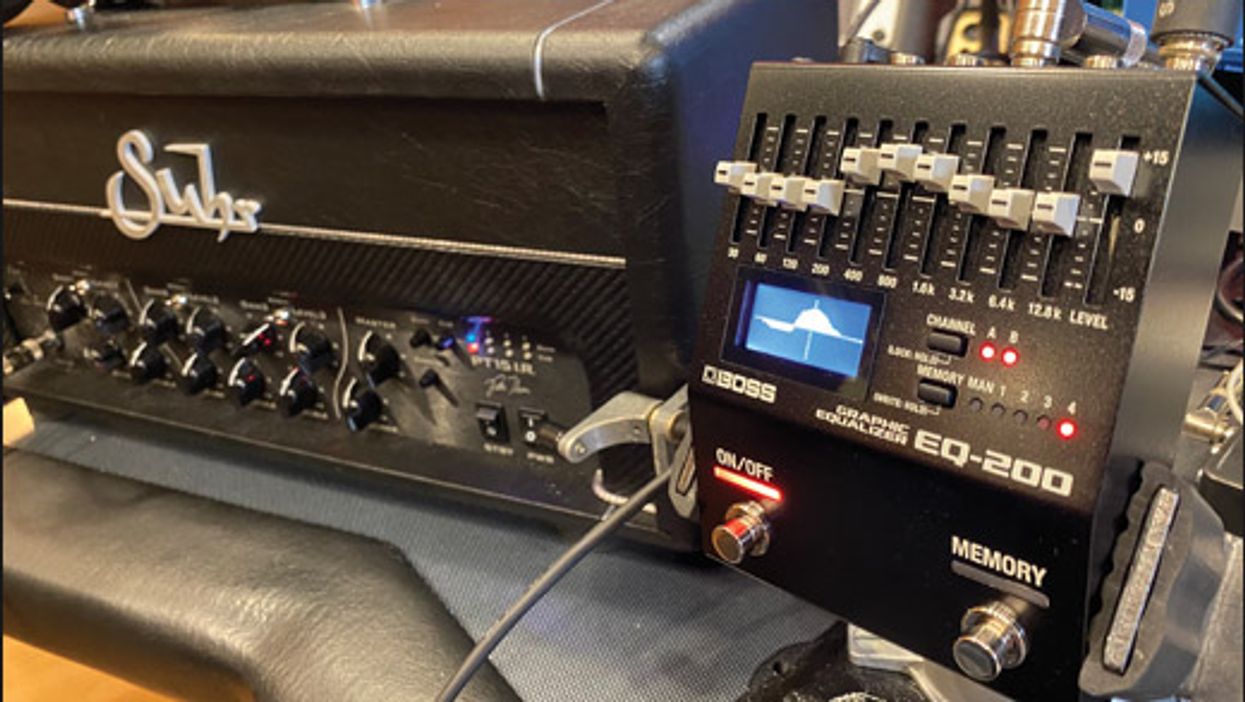
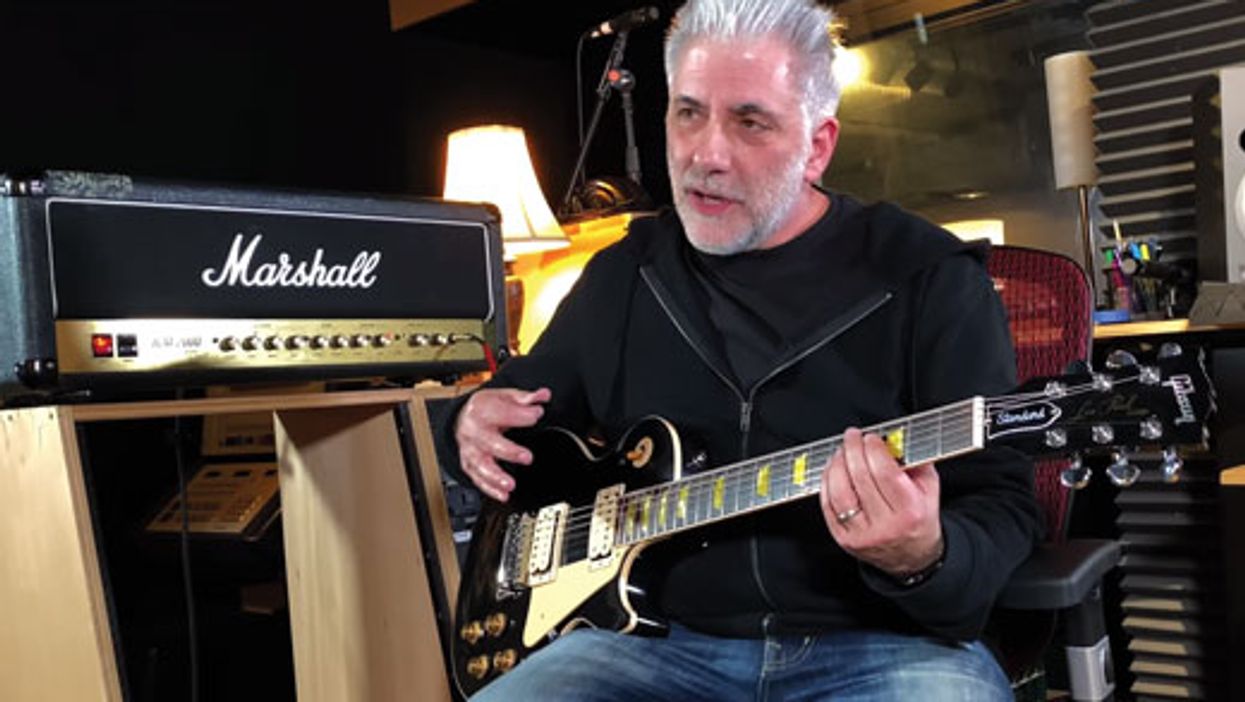
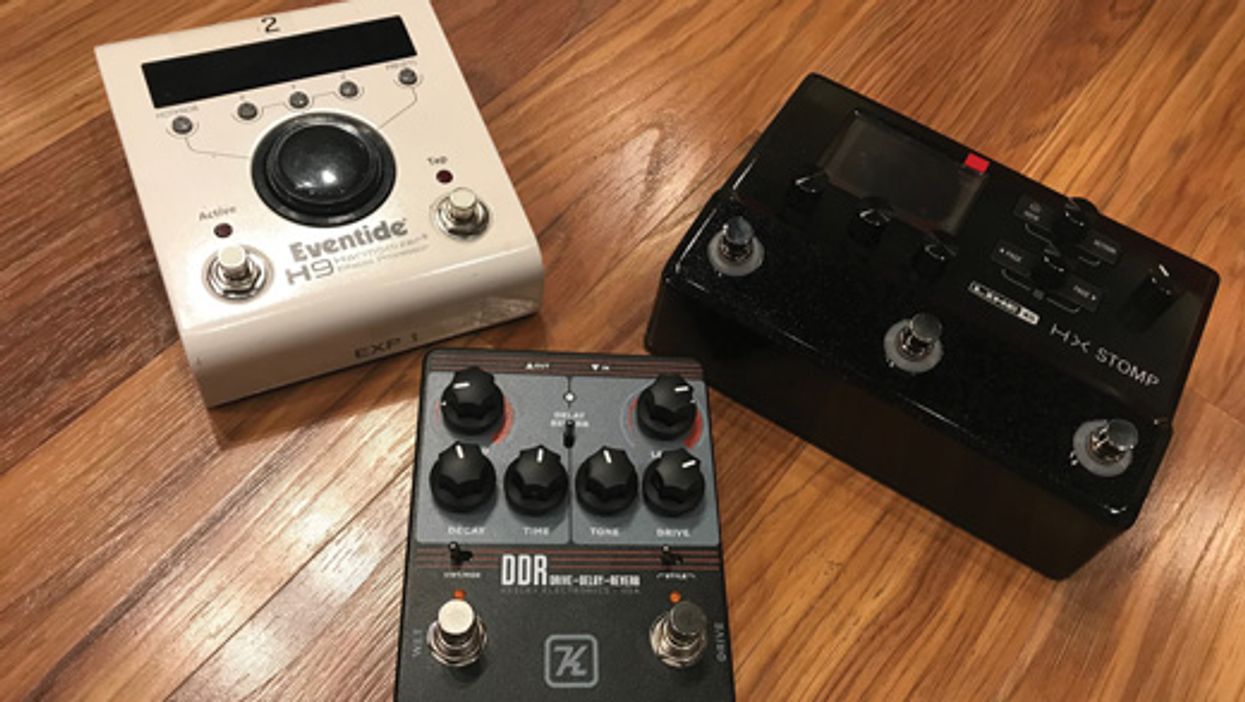
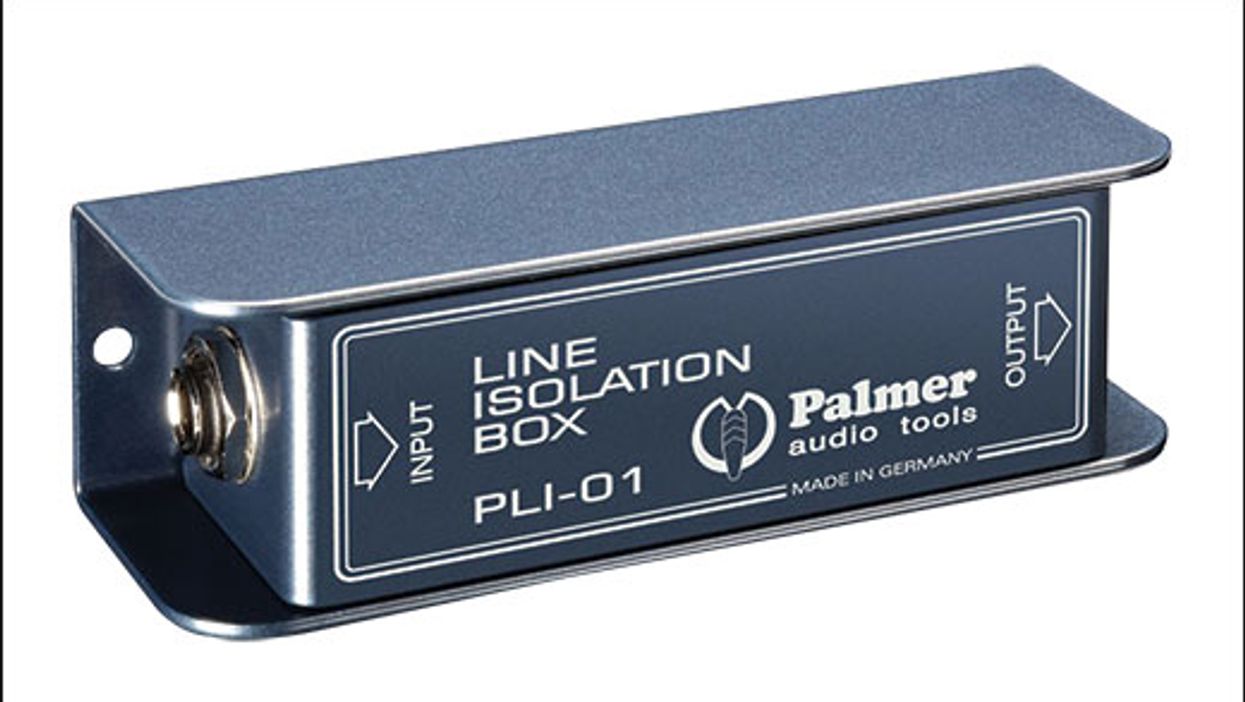

![Devon Eisenbarger [Katy Perry] Rig Rundown](https://www.premierguitar.com/media-library/youtube.jpg?id=61774583&width=1245&height=700&quality=70&coordinates=0%2C0%2C0%2C0)


